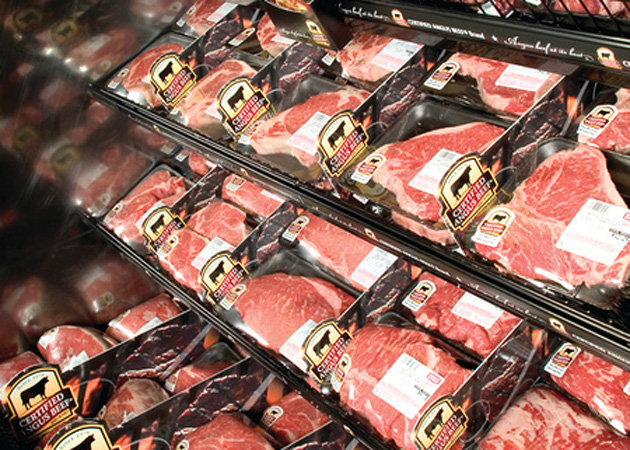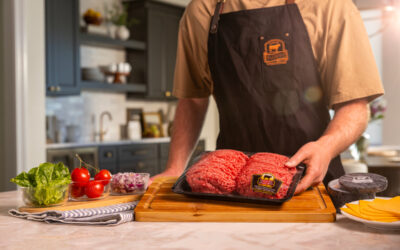
Fed cattle up; 25.2% CAB boosts supply

Here’s the Meat Market Minute:
Live cattle traded even to slightly lower last week after the previous week’s surprising $5 rally. Packers have continued to run reduced hours to manage margins, but feeders reduced show lists by 22,000 head in an effort to push values. It worked for the feeders, but that jump was still surprising given that the reduced packing hours had been able to hold live cattle values down for four weeks coming into February..
Boxed beef prices were up across all grades in reaction to those higher live cattle costs. Packers moved the values up sharply to begin on Monday and then leveled off the remainder of the week. CAB middle meats were a significant driver to the cutout as ribs and loins were up 3.7% and 5.7%, respectively.
CAB acceptance rates continue to increase, posting yet another rise, week over week. In fact, certification rates have been steadily improving since the first of the year to reach 25.2%. Just in one week, the jump accounted for an additional 5,000 head compared to the week before.
Until we meat again,
-David
You may also like
Success, Despite Challenges
Today’s market is complex and competitive. The collective effort of stakeholders across the supply chain positions Certified Angus Beef to meet the record demand for premium beef moving forward. Signals across the beef industry are clear and Angus farmers and ranchers seeking high-quality genetics that deliver premium beef are producing a product in high demand.
Keep the Supply Coming
A record-high 800 registrants from 17 countries gathered in Austin, Texas, to learn more about CAB, become inspired by the culinary work of chefs and pitmasters, and celebrate sales and production success. But at the forefront: supply and demand, a reflection of the chaotic past year, and preparing for what’s ahead.
Consumer Demand, Power of Quality
Demand for high-quality beef persists. But with that demand comes challenges. From tight cattle supplies to higher costs and increasing pressure on retailers to deliver a consistent eating experience, the pressure is on. David O’Diam, CAB VP of retail, addressed the current retail beef environment, highlighting both opportunities and challenges in today’s marketplace.



